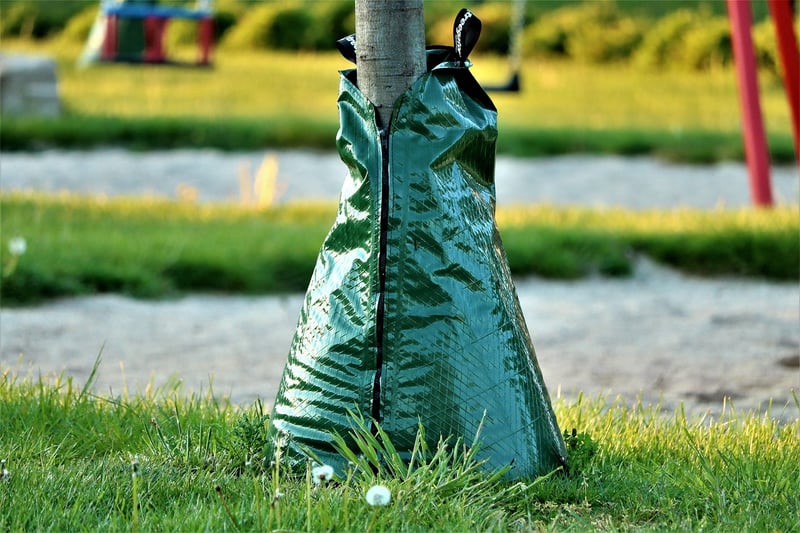Watering Guide
Tips for Successful Growth and Watering Guide
Introduction
Welcome to our guide on successful plant growth and watering techniques! Whether you're a seasoned gardener or just starting out, these tips will help you ensure your plants thrive and flourish. Proper watering is essential for plant health, so let's dive into the best practices to keep your green friends happy.
1. Choose the Right Plant for Your Space
Before diving into watering techniques, make sure you choose plants that are suitable for your environment. Consider factors like sunlight, temperature, and space availability to ensure your plants have the best chance of thriving.
2. Understand Your Plant's Watering Needs
Not all plants have the same watering requirements. Some plants prefer moist soil, while others like it dry between waterings. Research the specific needs of each plant in your garden to avoid overwatering or underwatering.
3. Check the Soil Moisture
One of the best ways to determine if your plant needs water is to check the soil moisture. Stick your finger into the soil; if it feels dry to the touch, it's time to water. If it's still moist, hold off on watering to prevent root rot.
4. Water in the Morning
Watering your plants in the morning allows them to absorb moisture throughout the day. Avoid watering in the evening, as damp conditions overnight can promote fungal diseases.
5. Use the Right Watering Technique
When watering your plants, aim to water the roots directly. Avoid overhead watering, which can lead to water wastage and leave foliage susceptible to diseases. Consider using a watering can or a drip irrigation system for precise watering.
6. Mulch Your Plants
Applying mulch around your plants helps retain soil moisture, reducing the frequency of watering. Mulch also provides insulation to the roots and suppresses weed growth, benefiting your plants in multiple ways.
Watering Guide
- Succulents: Water sparingly, allowing the soil to dry out between waterings.
- Vegetables: Keep the soil consistently moist, especially during the growing season.
- Indoor Plants: Check the moisture level regularly and water when the top inch of soil is dry.
- Outdoor Flowers: Water deeply but infrequently to encourage deep root growth.
Conclusion
By following these tips and the watering guide provided, you'll be well on your way to fostering healthy plant growth and creating a thriving garden. Remember, each plant is unique, so observe and adjust your watering routine based on the individual needs of your green companions. Happy gardening!

